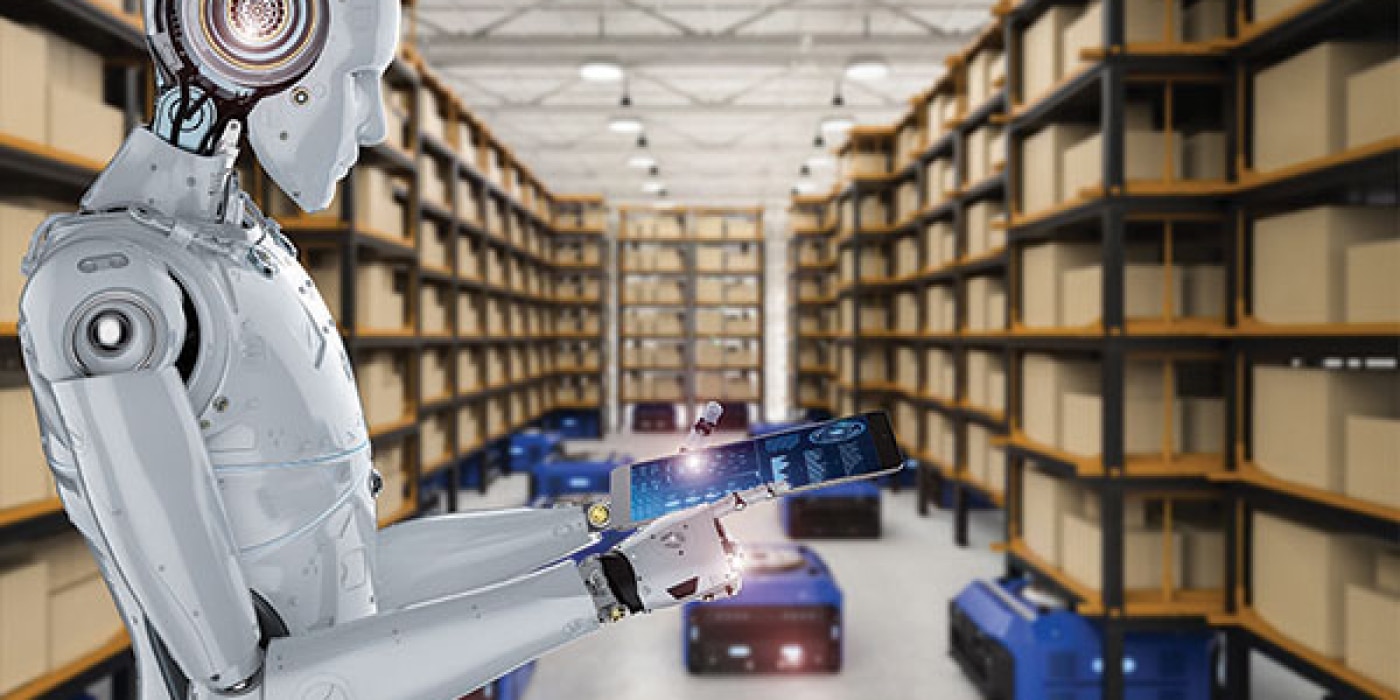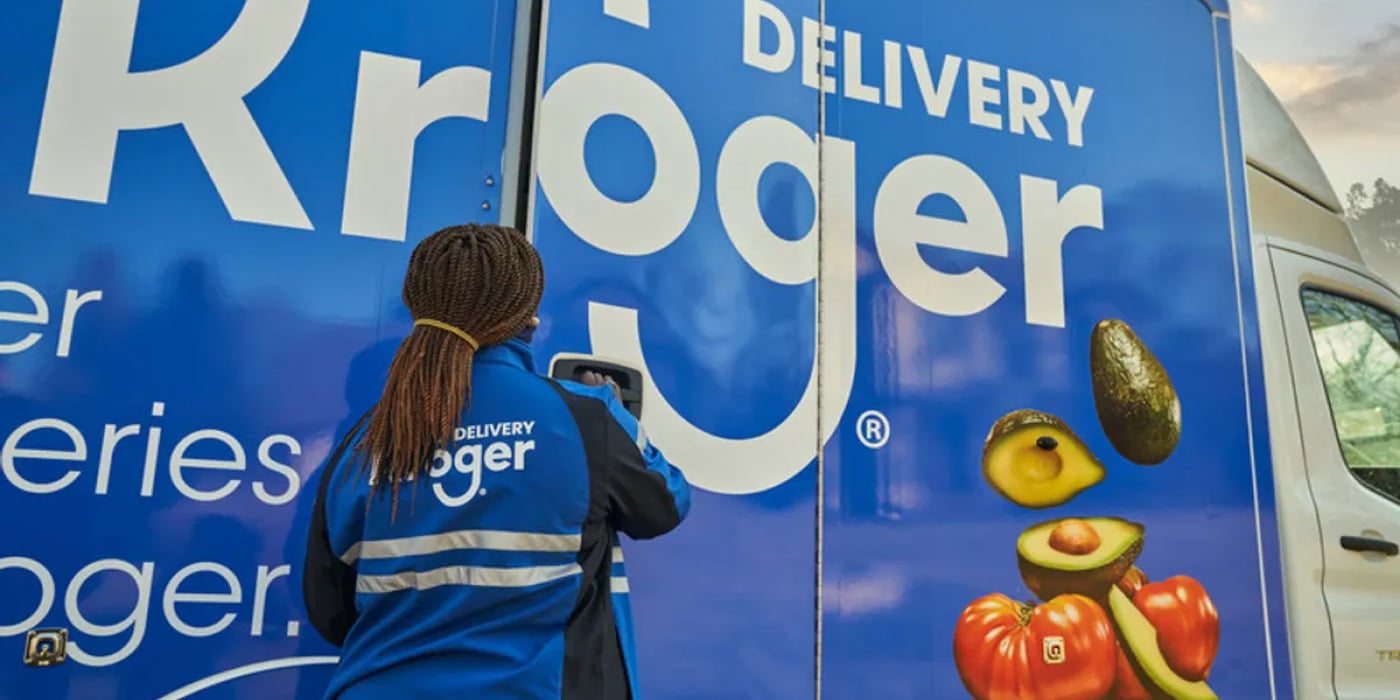Bringoz Industry Weekly 7/20
Supply chain managers will soon oversee robots as well as people. Online grocery sales jumped nearly 30% in June. Last-mile grocery delivery workers could soon earn more money in NYC. Read about these stories and more in our weekly industry news roundup.
By 2030, Supply Chain Managers Will Oversee Robots, Not Just People
By 2030, one in every 20 supply chain managers will be managing robots instead of people, according to a new report from Gartner. Robots are increasingly being used in warehouses, fulfillment centers, and other logistics operations. Gartner predicts that by 2030, 80% of people will interact with smart robots daily. As robot fleets expand and assume more responsibilities, companies will need to establish teams and systems that can effectively manage them. Read more.
Grocery eCommerce Sales Jump Nearly 30% in June
Online grocery sales jumped nearly 28% in June compared to the year prior, while in-store sales slipped, according to Brick Meets Click and Mercatus’ latest monthly report. All three receiving methods — delivery, pickup and ship-to-home — reported sales gains of at least 25%. Walmart and mass retailers as a whole continue to threaten traditional grocers. Cross-shopping between traditional grocery stores and Walmart has risen every June since 2020. Read more.

Last-Mile Grocery Delivery Workers Could Earn More in NYC
Grocery delivery workers in New York City may soon receive higher compensation. A New York City Council committee advanced bills requiring third-party companies like Instacart and Shipt to increase delivery payments. The measures would include raising the minimum wage to $21.44 and guaranteeing the option of at least a 10% tip before customers place an order. DoorDash, Uber, and Grubhub sued to block the wage hike, but the New York Supreme Court dismissed the lawsuit. Read more.
How Micro-Fulfillment Centers Impact In-House Delivery Fleets
With consumer expectations growing for same-day delivery, companies are under increasing pressure to innovate their fulfillment and delivery operations. Micro-fulfillment centers are optimized for fast picking, packing, and delivery of online orders, often using automation and robotics to streamline operations. Here’s a look at how micro-fulfillment centers are affecting in-house delivery fleets, driving increased delivery speed, efficiency, and customer satisfaction. Read more.

Reverse Logistics in Retail: Turning Returns Into a Competitive Advantage
As eCommerce continues to grow, product returns have become a costly challenge. By managing reverse logistics efficiently, retailers can enhance customer loyalty and differentiate themselves in a crowded market. Here’s how retailers can turn returns from an operational challenge into an opportunity to improve operations, boost customer relationships, and enhance profitability. Read more.
Omnichannel Strategies Helping Grocery Stores Thrive
Omnichannel shopping is reshaping how consumers shop for groceries and how businesses stay competitive. Grocers are leveraging omnichannel strategies to meet customer expectations for greater convenience and flexibility. Here’s a look at some strategies helping grocery stores enhance their omnichannel presence. Read more.
